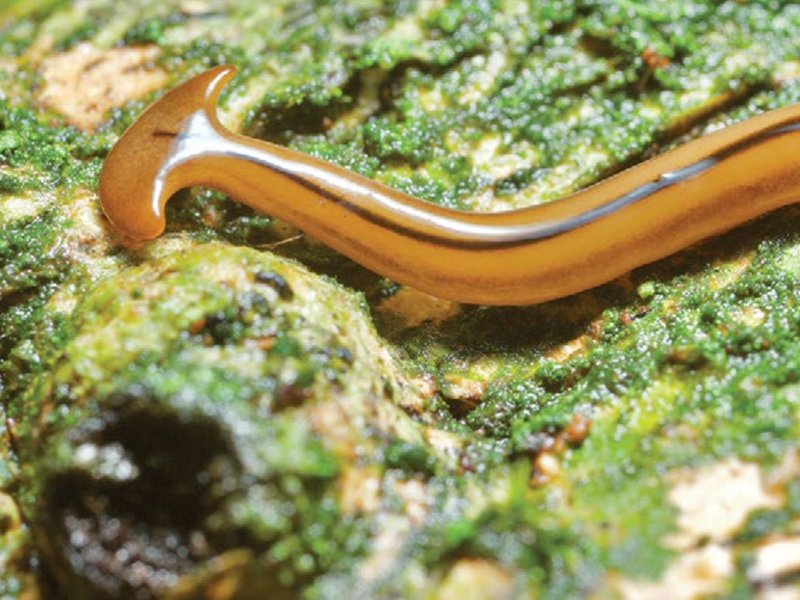
Flatworms belong to a fascinating group of invertebrates called Platyhelminthes, which translates to “flat worms.” These guys come with various lifestyles, some roaming through soil while others glide through freshwater or saltwater. You might be wondering, “Why should I care about these squishy little guys?” Well, they contribute significantly to nutrient cycling, help decompose organic matter, and can even serve as indicators of ecosystem health. Let’s dive deeper into what makes flatworms so essential.
What Are Flatworms?
Flatworms are fascinating little creatures that can be found in a variety of environments. They come in many shapes and sizes, with most being just a few millimeters long. Their flat bodies—hence the name—allow them to slip into tight spaces, whether in soil or water.
You might find it interesting that flatworms lack specialized respiratory and circulatory systems. Instead, they absorb oxygen directly through their skin, making them quite unique. They can be broadly divided into two categories: free-living flatworms and parasitic flatworms. Free-living flatworms, like the planaria, are typically found in moist environments, while parasitic types, like tapeworms, often inhabit the bodies of other organisms.
Why does this matter for ecosystems? Free-living flatworms, in particular, play an essential role in their habitats. They contribute to nutrient cycling and help keep the ecosystem balanced by feeding on small organisms and organic matter.
Flatworms in Soil Ecosystems
Soil is full of life, even if you can’t see it with the naked eye. Flatworms living in soil help break down organic material, like dead plants and animals, turning it into nutrients that plants can use. They’re like nature’s recyclers, making it possible for ecosystems to thrive. Think of them as tiny composters working diligently beneath your feet.
These flatworms often work alongside other decomposers, such as bacteria and fungi. Together, they break down complex organic materials into simpler forms. The nutrients released during this process become available to plants, which in turn support all the animals and insects that rely on them.
But flatworms don’t just feed on organic matter; they also influence soil structure. By moving through the soil, they create channels that improve aeration and water infiltration. This enhances the ability of roots to spread and access water, benefiting the entire ecosystem.
Flatworms in Aquatic Ecosystems
In aquatic ecosystems, flatworms contribute significantly to both nutrient cycling and food webs. Just like in soil, these creatures break down organic material, which is important for maintaining clean and healthy water. Flatworms can be found in freshwaters like streams and ponds, as well as in the marine environment.
Flatworms often feed on small invertebrates and detritus—decaying organic matter. By controlling the population of these organisms, flatworms help maintain a balanced ecosystem. Their presence indicates a healthy environment; more flatworms usually mean a rich supply of food and a well-functioning ecosystem.
Flatworms also serve as food for various larger animals. Fish, amphibians, and even some birds rely on flatworms as a food source. This makes them a vital link in the food web, supporting the diversity and survival of many species.
Environmental Indicators
Flatworms can act as bioindicators, meaning they provide clues about the health of their ecosystems. Because they are sensitive to changes in water quality and pollution levels, the presence or absence of certain flatworm species can indicate the overall health of an ecosystem.
For example, if a body of water becomes polluted, you might notice a decline in flatworm populations. This decline can signal that something’s gone wrong, prompting scientists to investigate further. Monitoring flatworm populations can also help us track changes in habitats due to climate change or human activity.
The more we understand about the role of flatworms, the better we can protect our ecosystems. They remind us that even the smallest creatures can have a big impact.
Human Connections and Conservation
You might not think about flatworms often, but they can help inform our conservation efforts. As ecosystems face threats from pollution and climate change, understanding the role of flatworms can reveal how we can best protect these fragile environments.
In agriculture, for instance, soil health is critical for crop production. Understanding how flatworms contribute to soil structure and nutrient cycling can lead to better farming practices that promote biodiversity and soil health. This, in turn, ensures we have resilient ecosystems that can withstand changes.
In aquatic environments, protecting the habitats of flatworms can have a ripple effect. Healthy ponds, lakes, and rivers benefit not only flatworms but also the myriad of creatures that depend on them.
The Bottom Line: Why Flatworms Matter
Flatworms may be small and often overlooked, but their roles in both soil and aquatic ecosystems are vital. They help decompose organic matter, improve soil health, maintain water quality, and serve as indicators of environmental changes.
Next time you think about ecosystems, remember those tiny flatworms working away beneath the surface or gliding through the water. By protecting them, we’re also protecting the broader health of our environment. So, let’s appreciate these little champions of nature—they truly make a big difference!

